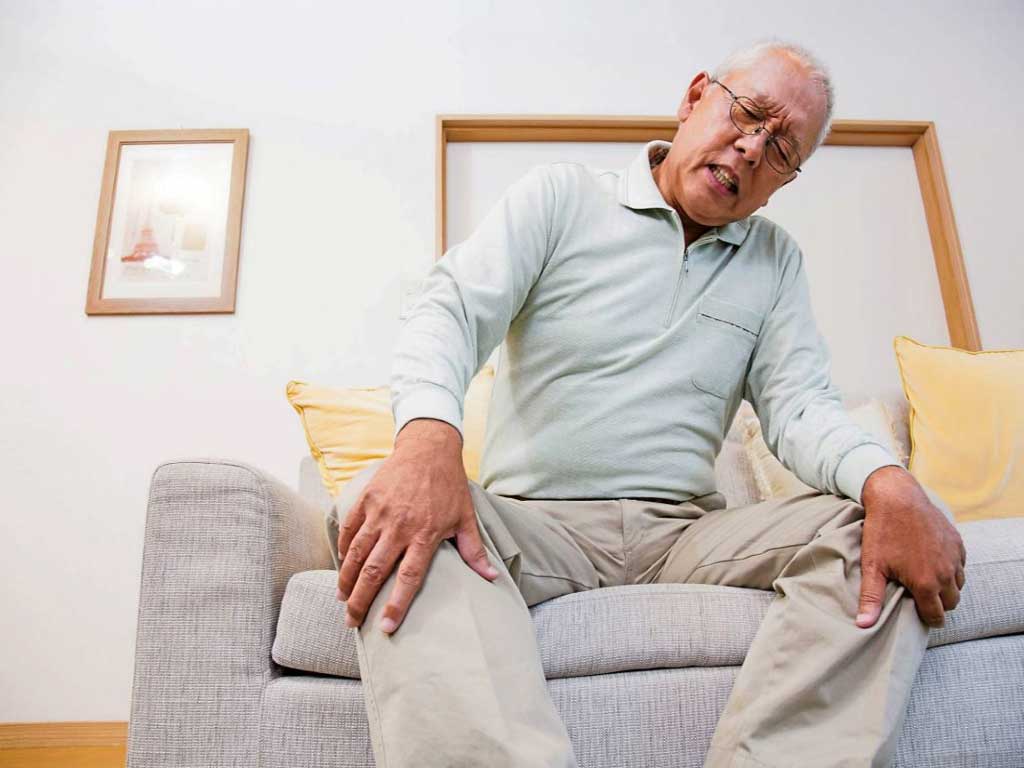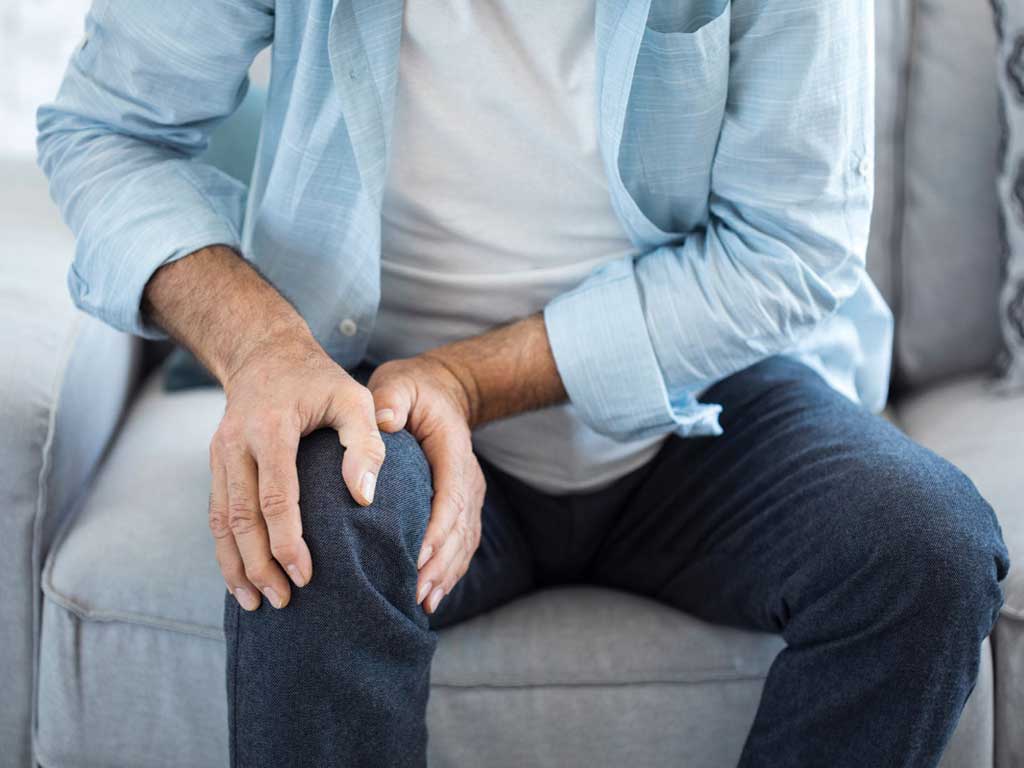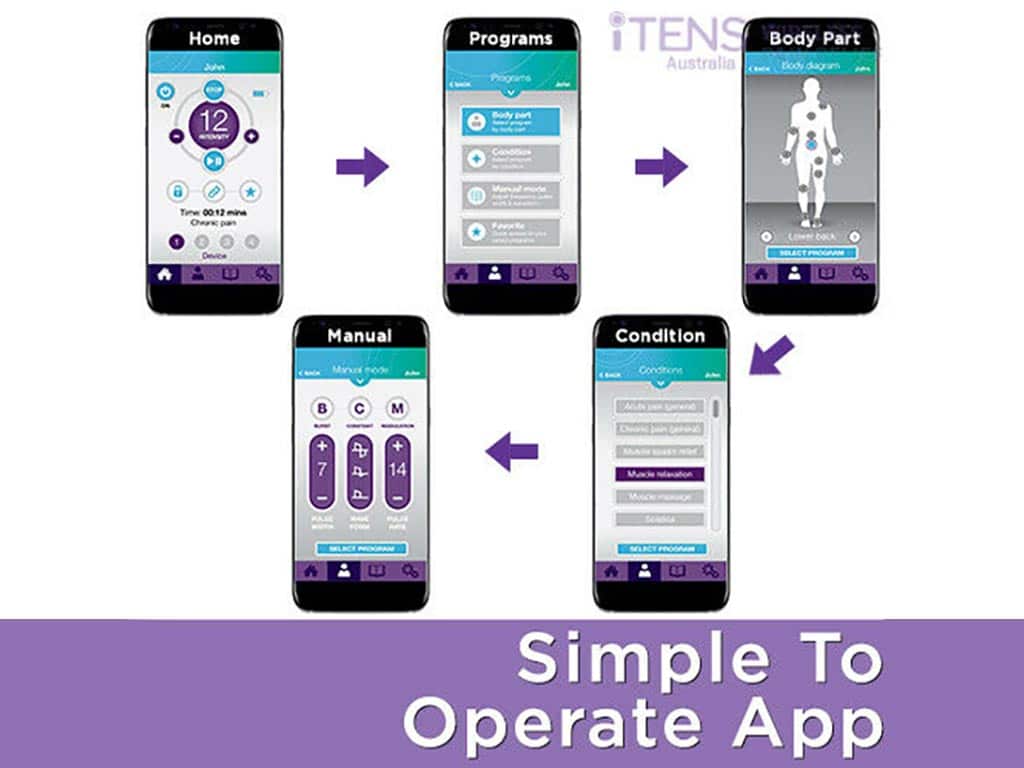
Knee arthritis is a condition that affects millions of people. It is a common reason that limits physical function and reduces quality of life. Fortunately, people may use Transcutaneous Electrical Nerve Stimulation for effective relief. Using a TENS unit for knee arthritis can trigger natural body mechanisms for alleviating arthritic pain. To use a TENS unit for knee pain, the user must apply pads on the muscles around the knee and adjust the settings accordingly.
Patients with osteoarthritis, rheumatoid arthritis, and post-traumatic arthritis can find it difficult to do basic activities like standing and walking. Many experience mild pain and severe pain due to different triggers. To aid with this, many use non-steroidal anti-inflammatory drugs (NSAIDs). However, pain medicines have many adverse effects. This is why many use electrotherapy like TENS and interferential currents. This article will give an overview of knee arthritis, how TENS works to relieve pain, and how to use it.
Understanding the Conditions Before Using a TENS Unit for Knee Arthritis
Arthritis is the inflammation of one or more joints. If it affects the knees, this medical condition can significantly decrease mobility. People with knee arthritis are unable to do many daily activities, which reduces their quality of life. There are many treatments for this condition, but they also come with various side effects. This is why many turn to using a TENS unit for knee arthritis.
There are various symptoms for the different types of knee arthritis. The foremost indication is pain in the knee joint. Usually, this develops gradually as the joint becomes increasingly stiff and swollen. Many report increased pain at various points. This includes weather changes, vigorous physical activity, and even after resting. Another symptom is noticeable weakness in the knee. This can lead to buckling and difficulty standing or walking.
Generally, the cause of arthritis is unknown, and there is no cure for this chronic pain condition. Treatments simply aim to slow down the progress of the diseases. Some risk factors for knee arthritis are advanced age, knee injuries, and being overweight.
Types of Knee Arthritis
These are the common types of arthritis that affect the knees:
- Osteoarthritis: a degenerative joint disease where the cartilage slowly wears down. People with knee osteoarthritis may feel bone spurs around the joint. They may also hear and feel scraping sensations.
- Post-traumatic arthritis: this occurs when the cartilage diminishes after injury or trauma. This causes the bones to rub together. Another cause is if a broken bone damages the joint itself.
- Rheumatoid arthritis: a symmetrical autoimmune disease that can affect multiple joints. This is caused by the immune system attacking the tissues, resulting in the swelling of the synovial membrane.

How a TENS Unit for Knee Arthritis Alleviates Pain
A TENS unit for knee arthritis alleviates pain by sending electrical pulses to the body. These use electrode pads to deliver the electrical currents to the sensory nerves of the targeted area. Moreover, it has adjustable settings that allow the user to customise the frequency, intensity, and pulse durations. This enables the user to address different pain conditions.
Using high-frequency stimulation (50-150 Hz) triggers spinal nerve cells to block pain signals from reaching the brain. This is the pain gate mechanism described in the Gate Control Theory of Pain. This is ideal for acute knee pain and other sudden and severe pain because it takes effect immediately. It also has a massage-like effect that increases blood flow to the knee.
Meanwhile, low-frequency stimulation (2-10 Hz) induces the production of endorphins. These natural painkillers build up and reduce the overall pain score. Many use this for chronic knee pain and other chronic conditions that cause joint pain. This is because its effect can last for hours. Moreover, endorphins help reduce inflammation.
Benefits of Electrotherapy
There are many benefits to using an electrotherapy machine for knee pain. Firstly, it is non-invasive. This eliminates the risks of infections and other complications from incisions or injections. Secondly, it is drug-free. Since TENS does not require medication to take effect, many use it to replace their intake of medications for arthritic pain.
Thirdly, TENS has minimal risks. They are mostly temporary, and people can take steps to avoid them. Lastly, TENS is complementary to other active treatments. This is why many doctors and physical therapists recommend TENS to patients with knee osteoarthritis and other arthritis pain.

Proper Usage of TENS Unit for Knee Arthritis
Using a TENS unit for knee arthritis is a straightforward process. It is easy to self-administer for a quick treatment of pain. Nevertheless, it is recommended that users study the safety guidelines from their device manufacturer for proper usage. Before starting, users can wash the area with soap and water to remove body oils, dirt, and lotion that can interfere with adhesion.
To start, the users can apply the pads near or on the pain source. Then, they may turn the machine on and adjust the settings. It is best to start on low levels to prevent electric shocks or discomfort. Afterwards, they can gradually increase the settings to address their arthritic pain. They may also select a pre-set mode.
Many users set timers to signal when to finish their session. Usually, TENS therapy sessions last around 20 to 30 minutes. However, this can vary depending on the settings used. They may also refer to the advice of a medical professional on how to use the device. Once the time has elapsed, they may switch the machine off and remove the pads.
Guide for Pad Placement
Proper electrode placement is crucial for treating a painful knee. Generally, users place pads on muscles near or on the origin of the pain. For knee arthritis, this is on the muscles around the knee. Users must avoid the joint itself for proper delivery of the electrical nerve stimulation.
Moreover, users may use multiple pads. However, they must place the pads at least one inch apart to prevent interference. Furthermore, people must avoid areas with irritated, broken, and sensitive skin. They may also select different pad shapes and sizes to increase the effectiveness of the electric stimulation.
Conclusion
Knee arthritis is a disease that can cause a decrease in quality of life and depression in patients. This is because of the significant activity limitation they experience due to their symptomatic knee. Many rely on physical therapy and pain medicines to help with this condition. Another method of pain relief that is growing in popularity is a TENS unit for knee arthritis. Many patients use this in hospitals and physical therapy clinics under the supervision of healthcare professionals.
TENS machine is effective in healing chronic and acute pain. Using the pain gate mechanism and endorphin production reduces osteoarthritic knee pain and the other types as well. Many value the positive treatment outcomes that TENS produces, resulting in many using TENS for the management of osteoarthritis, rheumatoid arthritis, and post-traumatic arthritis. TENS machines are easy to use. Simply place the pads on the muscle near the painful region and adjust the settings.







